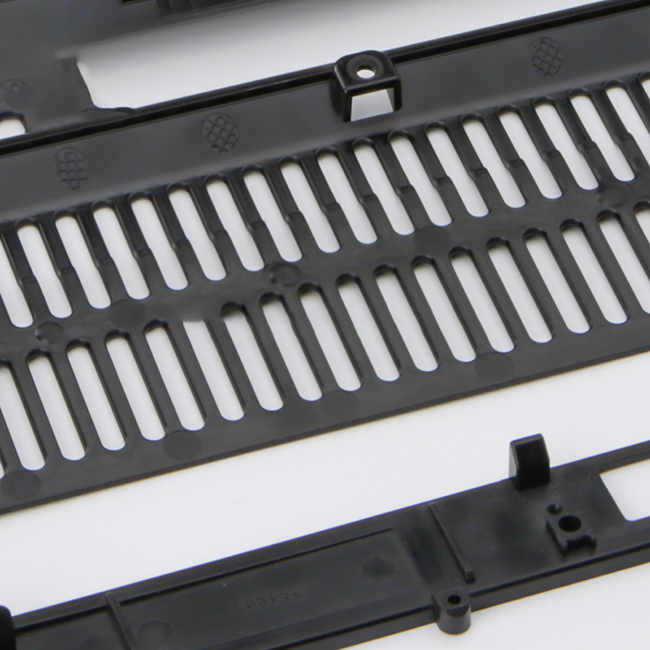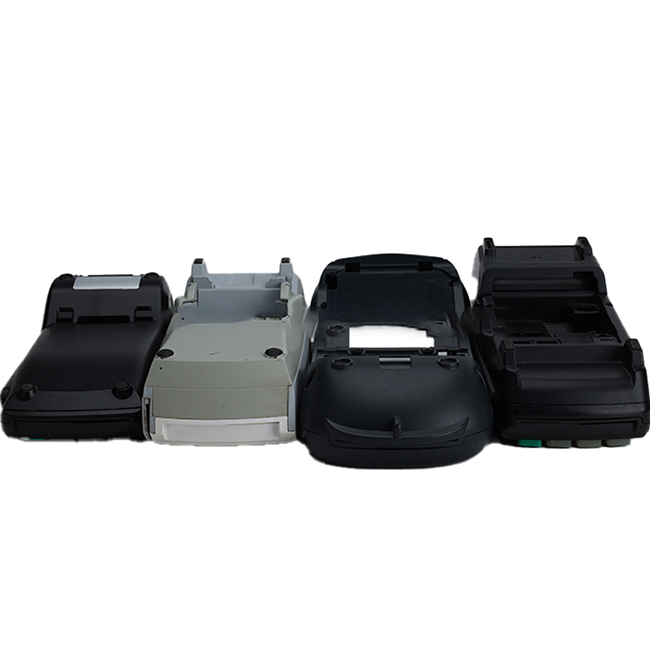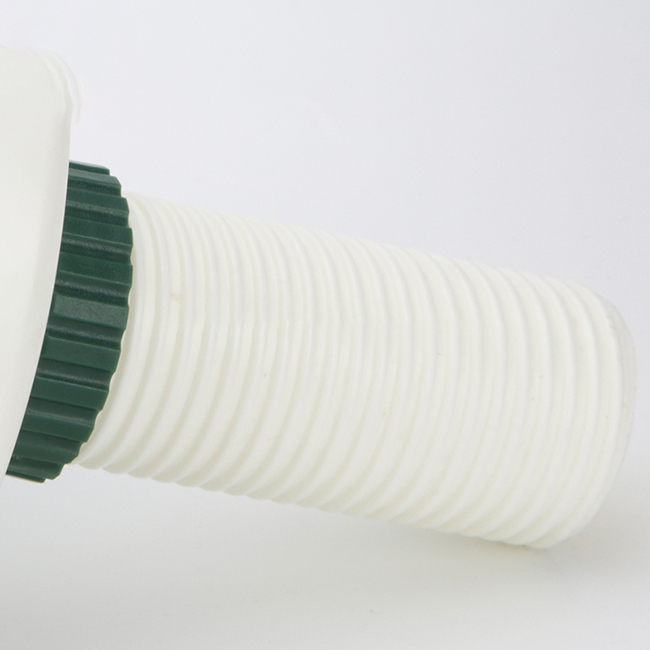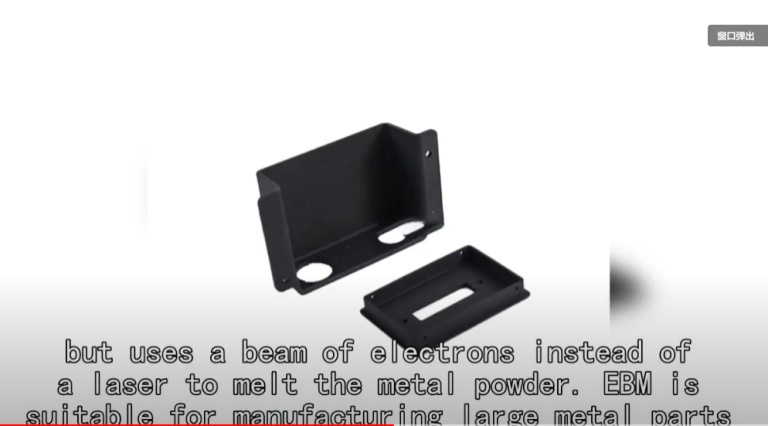Benefits of Using Semi Micro Cuvette Plastic Injection Molding in Manufacturing Processes
Plastic injection molding is a widely used manufacturing process that involves injecting molten plastic into a mold cavity. This process allows for the production of a wide range of plastic products with high precision and efficiency. One specific application of plastic injection molding is the production of semi micro cuvettes, which are small plastic containers used in laboratories for holding and analyzing small volumes of liquid samples.
There are several benefits to using semi micro cuvette plastic injection molding in manufacturing processes. One of the main advantages is the ability to produce cuvettes with high precision and consistency. The injection molding process allows for the creation of complex geometries and intricate details, ensuring that each cuvette is identical in shape and size. This level of precision is crucial in laboratory settings where accurate measurements are essential for reliable results.
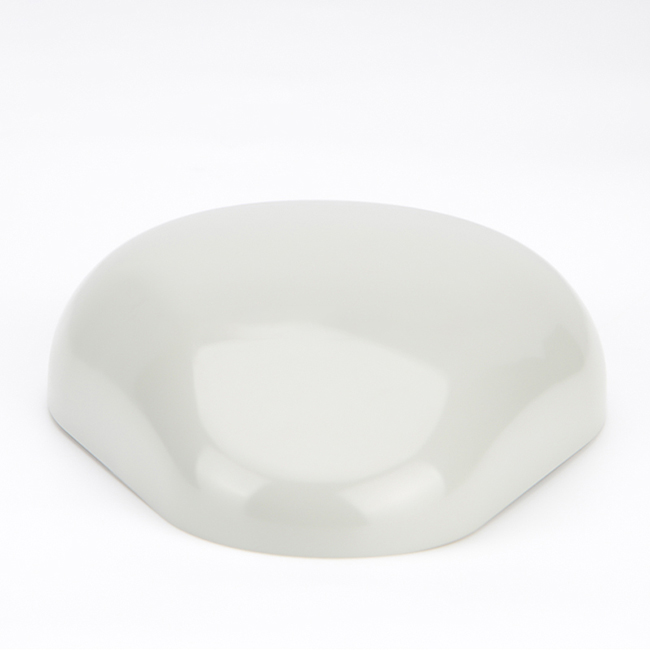
Another benefit of using plastic injection molding for semi micro cuvettes is the cost-effectiveness of the process. Injection molding is a highly automated process that can produce large quantities of cuvettes in a short amount of time. This efficiency helps to reduce production costs and allows for the mass production of cuvettes at a lower cost per unit. Additionally, the use of plastic materials in injection molding is more affordable than other materials such as glass or quartz, further contributing to cost savings.
In addition to precision and cost-effectiveness, plastic injection molding offers flexibility in design and customization. Manufacturers can easily modify the mold design to create cuvettes with specific features or properties to meet the requirements of different applications. This flexibility allows for the production of cuvettes with varying shapes, sizes, and functionalities, making them suitable for a wide range of laboratory experiments and analyses.
Furthermore, plastic injection molding is a highly efficient and environmentally friendly manufacturing process. The process generates minimal waste as any excess plastic can be recycled and reused in future production runs. Additionally, the energy consumption of injection molding machines is relatively low compared to other manufacturing processes, reducing the carbon footprint of cuvette production. This sustainability aspect of plastic injection molding aligns with the growing trend towards eco-friendly manufacturing practices.
| Surface finish | Polishing Finish / Slik Print / Texture Finish / Rubber Painting / Glossy Finish / Painting / Slik-Screen / Pad Print / EMI Coating / Electronic Plating / Laser Marking / Etc. |
| Production Process | Orders-Raw Materials- Production-Quality Inspection -Packaging-Shipment |
| Delivery | PE bag + paper card/paper skin + export-grade carton / crate / Pallet |
Overall, the benefits of using semi micro cuvette plastic injection molding in manufacturing processes are clear. From high precision and cost-effectiveness to design flexibility and sustainability, plastic injection molding offers numerous advantages for the production of cuvettes. Laboratories and manufacturers can benefit from the efficiency and reliability of injection molding to produce high-quality cuvettes for various analytical applications. As technology continues to advance, plastic injection molding will likely play an increasingly important role in the manufacturing of semi micro cuvettes and other plastic products.
